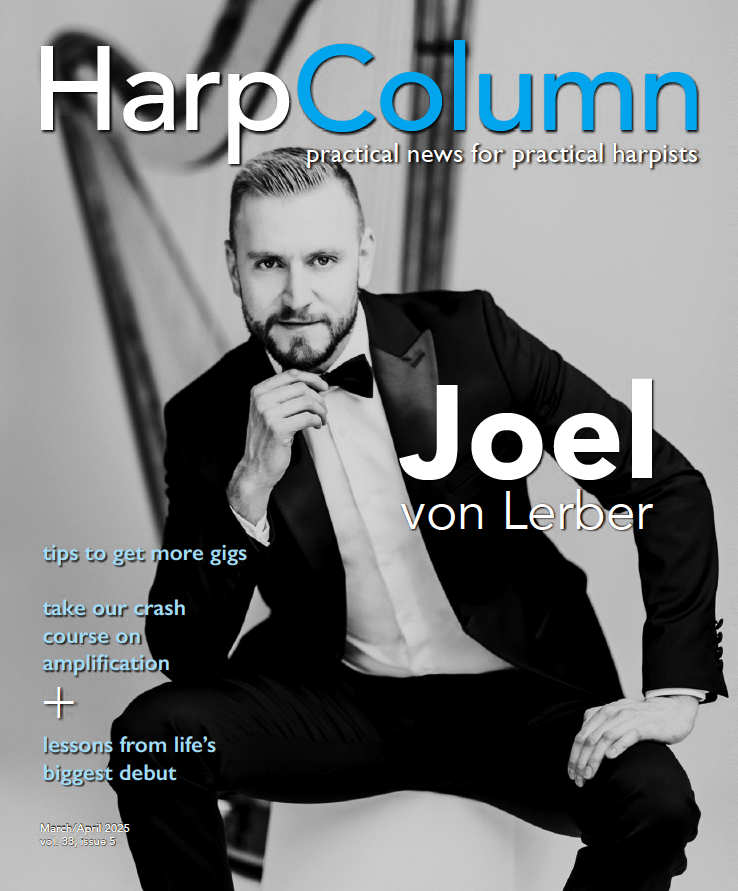Home › Forums › Repertoire › ORIGINAL scores of De Cabezon and Rossini?
- This topic has 3 replies, 3 voices, and was last updated 11 years, 6 months ago by
chiara-pedrazzetti.
-
AuthorPosts
-
October 26, 2013 at 3:37 pm #61969
chiara-pedrazzetti
ParticipantHi,
I’m looking for the original score of “Pavane and Variations” by A. de Cabezon. I have the Zabaleta’s edition but I’d like to see the original. I’ve looked in IMSLP but I can’t find it. Same with “Andantino e Allegro brillante” by Rossini. Any advice? Thank you in advance for the help!
October 26, 2013 at 10:09 pm #61970Tacye
ParticipantThe Cabezon original was in: Libro de Cifra Nueva para Tecla, Arpa y Vihuela – which is written in ‘Cifra Nueva’ rather than familiar stave notation. But the book tells you how to read it. Page 70 of the 2nd scan or 139 of the 1st.
http://imslp.org/wiki/Libro_de_cifra_nueva_%28Venegas_de_Henestrosa,_Luis%29
October 27, 2013 at 2:03 am #61971MusikFind1
ParticipantAndantino e Allegro brillante” by Rossini.
Chamber Music without Piano
BA 10511: Score and Commentary
Edited by MARTINA GREMPLER and DANIELA MACCHIONE
Critical edition of the music by PHILIP GOSSETT DANIELA MACCHIONE
PATRICIA B. BRAUNERBÄRENREITER-VERLAG© 2007
Andantino et Allegro brillante pour Harp was published quite recently for the first time, 1978. (edited by Patricia B. Brauner)
The autograph manuscript of the Andantino et Allegro brillante (owned by the Carnegie Mellon University of Pittsburgh) was dedicated to “Cécile” in Bordeaux on 14 May 1832. Between February and October of that year, cholera claimed around twenty thousand victims in Paris. To escape the epidemic, Rossini took a trip to the south of France. During the trip the composer kept up a continual correspondence with Paris and with his father Giuseppe; among the letters is one to a Madame de la Tour de Saint-Ygest in Bordeaux, which city he had left “almost furtively” before 8 June of that year. We cannot rule out the possibility that she is the “Cécile” of the dedication, but no other information has been found about the woman.The Andantino et Allegro brillante consists of an introduction (Andantino) and a tripartite Allegro, which is a quick march for solo harp. In France, more than in Italy, the harp was the instrument most often found in the homes of well-to-do families, unfailingly present in salons and theater orchestras. The use of the harp was widespread not only in fantasies on operatic themes and prayers, but also in triumphal hymns and military marches, a practice that goes back at least to the Napoleonic wars. The first melody of the Allegro seems to be the first appearance of melodic material subsequently used by Rossini in one of a group of three military marches printed numerous times in the 1830s by various publishers, with differences in the ordering, the keys, and the dedicatees. The history of the three marches will be discussed in the forthcoming volume of music for military band, edited by Denise Gallo in Works of Gioachino Rossini (BA 10502).
Bärenreiter Urtext edition BA 10541 List Price: $12.75
http://www.emsmusic.com/SearchResults.asp?Search=Rossini+Andantino+e+Allegro+brillante&Submit=SearchOctober 27, 2013 at 3:55 pm #61972chiara-pedrazzetti
ParticipantThank you so much for your answers! They’re very useful. I hope you both have a great day! Best, Chiara
-
AuthorPosts
- You must be logged in to reply to this topic.





